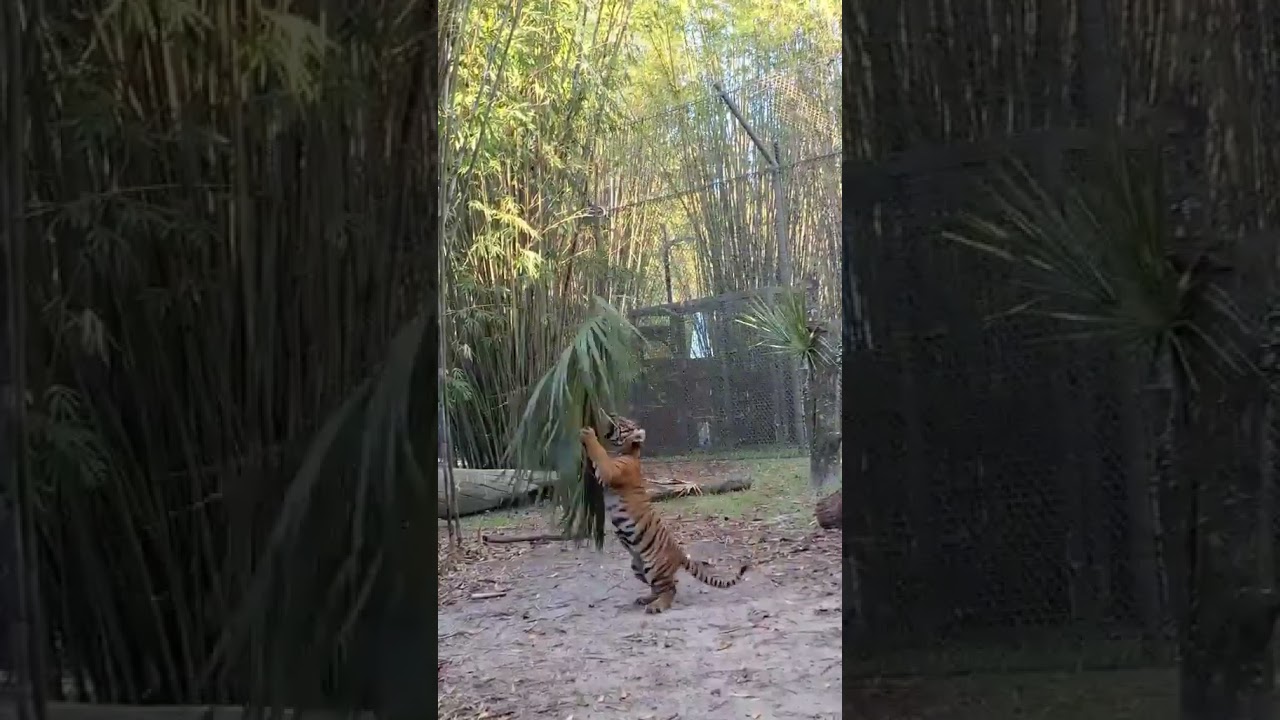– Exploring the intricacies of Machli 0 and Palm 1’s habitat and biodiversity
– The significance of video descriptions in wildlife conservation efforts
– Methods for effective zoo management that supports species conservation
– The role of zoology in understanding animal behaviors and their ecological impact
Exploring the intricacies of Machli 0 and Palm 1’s habitat and biodiversity stands as a cornerstone in wildlife conservation efforts. These areas, lush with diverse biological life, offer a spectacular view into the complexity of natural ecosystems and the specific niches occupied by various species. The habitat in question, possibly a reference to specialized or less-known environments, provides a unique setting for examining the fine balance of biodiversity. Here, every plant, microorganism, and animal plays a pivotal role in maintaining ecological stability, showcasing the interconnectedness of life and the environment. The conservation of such habitats is critical, as they support a wide array of species, including those endangered or on the brink of extinction.
The significance of video descriptions in wildlife conservation efforts cannot be overstated. In today’s digital age, video content is invaluable for education, awareness, and advocacy. Detailed video descriptions enhance accessibility, allowing viewers, including those with visual impairments, to grasp the nuances of wildlife behavior, habitat conditions, and conservation challenges. These narratives transform viewers into informed citizens capable of contributing meaningfully to conservation dialogues and initiatives. Moreover, video descriptions extend the reach of conservation messages, sparking interest and empathy toward wildlife and the critical need for their protection.
Effective zoo management is pivotal in species conservation, bridging the public and the wild. Modern zoos go beyond mere exhibitions, actively participating in conservation research, breeding programs, and rehabilitation efforts. Effective management practices involve creating environments that replicate natural habitats as closely as possible, promoting the physical and psychological well-being of the animals. This entails expert care and education programs that inform visitors about conservation issues and what they can do to help. In this context, the animals’ welfare and the zoo’s educational mission are inseparable, each serving to reinforce the other in the broader context of global biodiversity conservation.
Understanding animal behaviors and their ecological impact through zoology provides crucial insights into the intricate web of life. Zoologists study animals to learn about their physiology and life cycles and understand their roles in ecosystems. This knowledge is essential for devising strategies to conserve species and restore habitats. For example, studying predator-prey relationships can inform the management of both populations, ensuring the stability of ecosystems. Additionally, understanding animal migration patterns can guide the creation of wildlife corridors that support species’ survival in changing environments. The field of zoology, therefore, is integral in shaping conservation practices that seek to preserve the planet’s biological diversity.
In summary, exploring habitats like Machli 0 and Palm 1, alongside effective wildlife video documentation and zoo management practices, reflects a comprehensive approach to conservation. By combining zoology’s scientific rigor with digital media’s power, conservationists can foster a deeper connection between humanity and the natural world. This, in turn, supports the goal of preserving Earth’s precious biodiversity for future generations. We can work towards a more harmonious coexistence with the myriad of species that share our planet through targeted efforts in these areas.
*****
Source Description
Machli vs a hanging palm for fun enrichment 🥰

